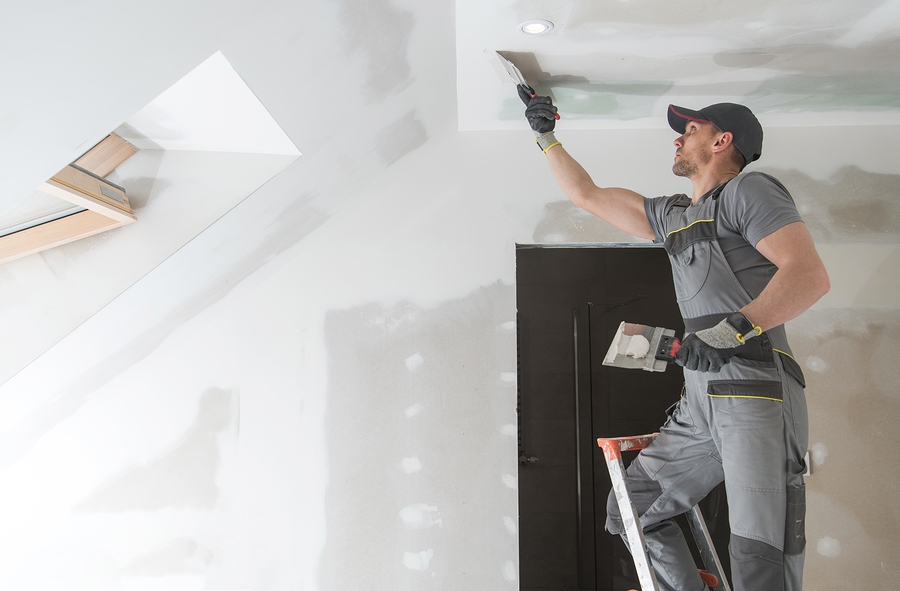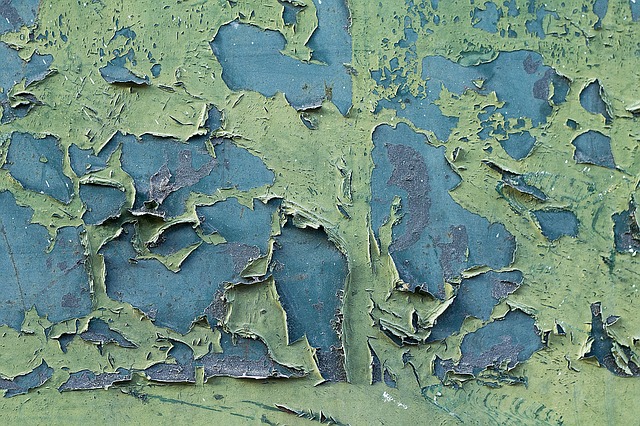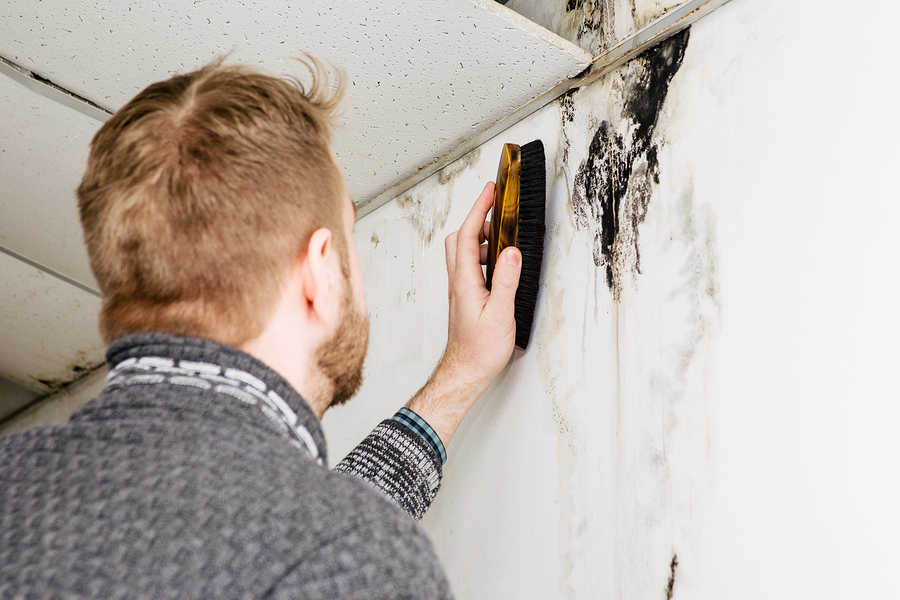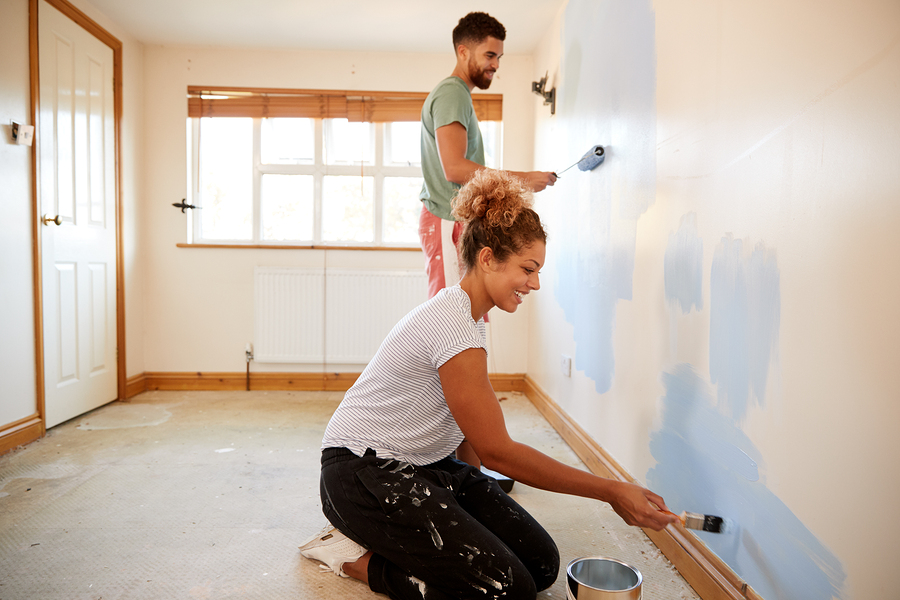Both exterior and interior wall painting can be a far more convoluted procedure than they would seem. Every stroke of the paintbrush has to be perfect. Finding flaking paint or blisters on your walls right after painting them is just heartbreaking.
Instead of using easy tricks to hide these flaws, it’s always better to fix problems right away.
A professional house painter is always useful in solving any painting issue, but basic knowledge on how to deal with the common painting problems yourself can be helpful too.
Common painting problems
Here are some common painting problems you may face in daily life and some hacks to fix them.
Patches on your wall paint

Cause:
Rough blistery patches on your walls are the result of a poor paint job. If your newly painted walls start to look shabby and are filled with discoloured spots, understand that the surface was not carefully prepared.
How to fix it:
Consider repainting your walls as soon as possible. You will need to wipe the off patches of your paint with water or mineral spirits. Carefully start priming the surface. Try double priming to avoid the potholes caused by the patches and smoothen up the surface.
Flaking/peeling paints

Cause:
It’s always disappointing when you see your wall painting start to crack and peel off. Walls which are close to the bathroom or kitchen are most likely to be affected by the moisture that gets into the poorly concealed paint coats. Since the kitchen and bathroom usually dispense water supply lines, the humidity and condensation result in a damp surface. This is the primary cause behind your paint flaking off.
How to fix it:
With a paint scraper, strip the peeling paint from the walls. Knead a thin layer of spackling compound paste on the top of the bumps caused by the peels. After the layering is done, carefully start by priming to make the surface even, followed by abrasive sanding. After smoothening the outlines, you’re ready to repaint.
Pale-oxidised paints
Cause:
Whether for your exterior walls or interior decor, the quality of your paint is directly associated with the decay of your walls. Unless you specifically pick UV/fade resistant paints, your new wall paints won’t take too long to look like they belong on an abandoned house. Constant exposure to sun or high-temperatures results in photodegradation and fragmentation of the chemical bonds of the paint. Gradually, your walls start to lose their lustre.
How to fix it:
Thoroughly clean the surface of the faded walls. Like most other paint fixing procedures, start by priming the surface. Add tinted primes as darker colours absorb more heat and moisture which causes visible fading. For the walls that get direct exposure to sunlight, avoid dark tones and instead, go for accentuated shades. When repainting, make sure your paint colours are UV resistant.
Mould and mildew on painted walls

Cause:
Mould and mildew – these airborne spores are the last pin in the casket of your decaying painted walls. Fading, cracking and peeling are the symptoms of black mould. Walls that are less ventilated, attached to the water pipelines or exposed to damp conditions are gradually affected by mould unless you make constant attempts to fix it right away.
How to fix it:
Moisture test your room. Examine how the dampness is coming through the concrete and the type of damp it is. Since mildew can cause an allergic reaction, be sure to take necessary precautions before fixing the walls.
To get rid of mould, you need to bleach the affected surface with a bleach spray. Clean off the extracts of mildew with firm bristles and prepare the surface for internal damp proofing procedures like epoxy damp proof membranes, anti-mould coating etc. While processing wet proof membranes, make sure there is no condensation underneath the plastic because the moisture will eventually break the chemical bond and be visible again. Apply coats of wall finish afterwards.
Applying the wrong fix to your painted walls can affect painting even more. When we decide to take the task of painting on our own homes, we usually don’t discuss professionals before. This means that the final decision is often different than what we had hoped for, normally for this, we can’t fully understand.

